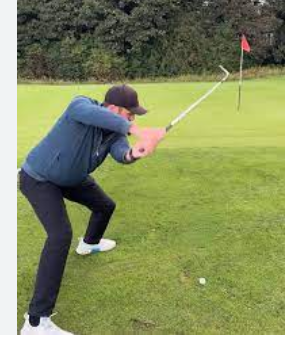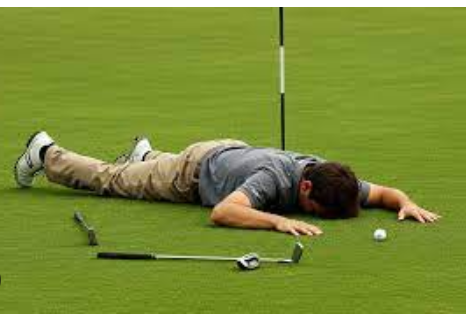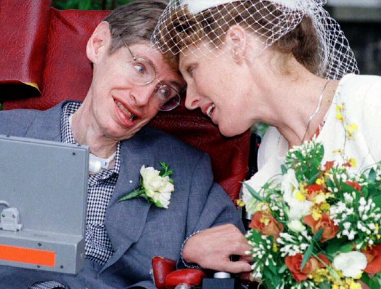Table of Contents
ToggleFive Typical Golf Swing Errors and Indoor Correction Techniques
The basis of a good game is a good golf swing, although even experienced players develop poor habits. You could be making one (or more) of these typical errors if you find consistency, accuracy, or distance difficult. The good news is that You need not follow the course to straighten them. From the comfort of your house, you may refine your swing with the correct drills and tools—like high-tech simulators found at indoor golf close by.
One has a poor grip, the Silent Swing Killer
Your whole swing is set by your grip. Too restrictive; you will lose flow. Too weak or forceful; you will send the ball flying off course.

How might one fix it indoors?
Review Your Grip Pressure: Hold your club as if you were gripping a toothpaste tube—firm enough to keep control but not so tight that squeeze out the contents.
Use a training grip—available for indoor practice—to assist strengthen correct hand placement in golf.
For right-handers, that’s your right shoulder; stand in front of a mirror and make sure your V’s—formed by your thumbs and forefingers—point toward your trail shoulder.
Also Read;
2. Slice Generator – Over-the-Top Swing
One of the main reasons a slice results is an over-the-top motion. This occurs when the club crosses the ball from too far outside the planned swing path.
How might one fix it indoors?
Practice swings slowly from a few inches away from a wall. You’re coming over the top if your club smashes the wall during your downswing.
Set an alignment stick beside your swing path and work on swinging from inside to outside.
XGolf Analysis: Should XGolf be available to you, its real-time swing monitoring can identify the precise moment your swing veers off-plane and enable instantaneous corrections.
When the wrists unhinge too quickly, you lose strength from your swing and produce weak, erratic shots—also known as “casting.”
How might one fix it indoors?
Placed a little towel under your trail arm, perform gentle swings without dropping the towel. This keeps the wrist hinge in line.
Hitting into a soft impact bag strengthens appropriate wrist release and follow-through techniques.
Practice slow motion swings, paying particular attention to delaying wrist release until just before impact.

4. Lack of Rotation: The Killer Distance
Your leaving distance on the table if your upper and lower bodies aren’t functioning together. Maximizing power and control depends mostly on correct hip and shoulder rotation.
How might one fix it indoors?
Chair Drill: Lean back and through just your upper body from a chair. This raises awareness and separates shoulder movement.
Resistance bands help to boost flexibility and develop rotational muscles.
XGolf Swing Facts: Using any stimulator at indoor golf helps you analyze your swing and identify whether you lack rotation and helps you correct for that.
5. Inappropriate Posture: The Source of Mishits
Bad results follow from bad setup. Your stance shifts mid-swing, hence your ball contact is inconsistent.
How might one fix it indoors?
Practice your address position in front of a mirror, making sure your weight is balanced, knees are slightly flexed, and your spine is straight.
Lay a club shaft across your shoulders and rotate without sinking down or up.
Consistent repetition of your posture from setup to finish helps to develop muscle memory.
View also Terence Crawford’s wife, age, height, weight, net worth, career, and more.
Combining All the Components
Correcting these typical errors calls for just dedication, the correct exercises, and, if at all feasible, powerful feedback systems like XGolf—not a golf course. XGolf transforms indoor training using real-time swing monitoring, immersive training elements, and data-driven analysis. By committing to these modifications, you will acquire a more dependable, strong, and consistent swing—so when you step onto the course, you will be ready to play your greatest game yet.













Leave a Reply